Filter News
Area of Research
- (-) Materials (49)
- Advanced Manufacturing (1)
- Biological Systems (6)
- Clean Energy (61)
- Climate and Environmental Systems (3)
- Computational Biology (2)
- Computer Science (1)
- Energy Sciences (3)
- Fossil Energy (1)
- Neutron Science (17)
- Nuclear Science and Technology (7)
- Renewable Energy (2)
- Supercomputing (32)
- Transportation Systems (3)
Media Contacts
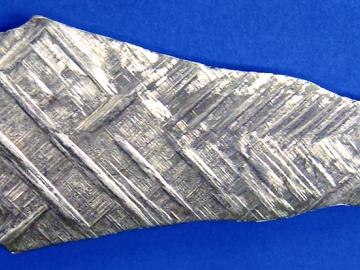
Steel unlike any forged in the last 2,000 years will be in the spotlight at the TMS 2016 Annual Meeting & Exhibition, Feb. 14-18 in Nashville.
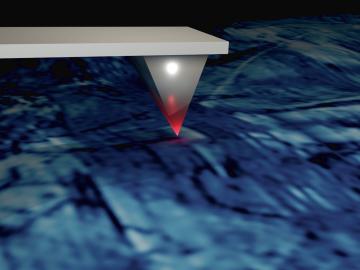
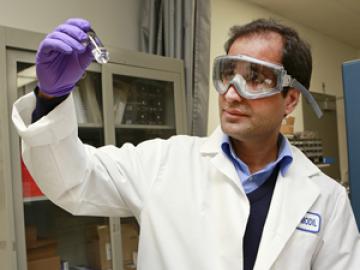

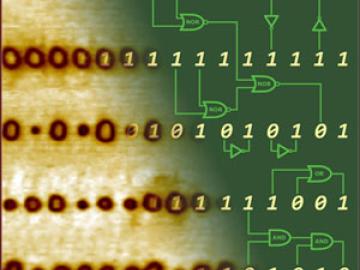
Unexpected behavior in ferroelectric materials explored by researchers at the Department of Energy’s Oak Ridge National Laboratory supports a new approach to information storage and processing.
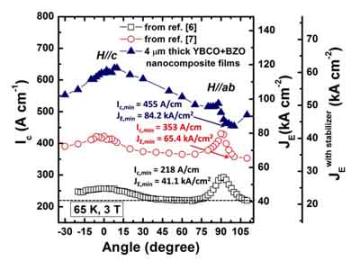
Better batteries, catalysts, electronic information storage and processing devices are among potential benefits of an unexpected discovery made by Oak Ridge National Laboratory scientists using samples isolated from the atmosphere.

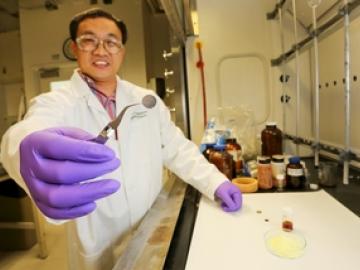
Scientists at the Department of Energy's Oak Ridge National Laboratory have designed and tested an all-solid lithium-sulfur battery with approximately four times the energy density of conventional lithium-ion technologies that power today's electronics.




